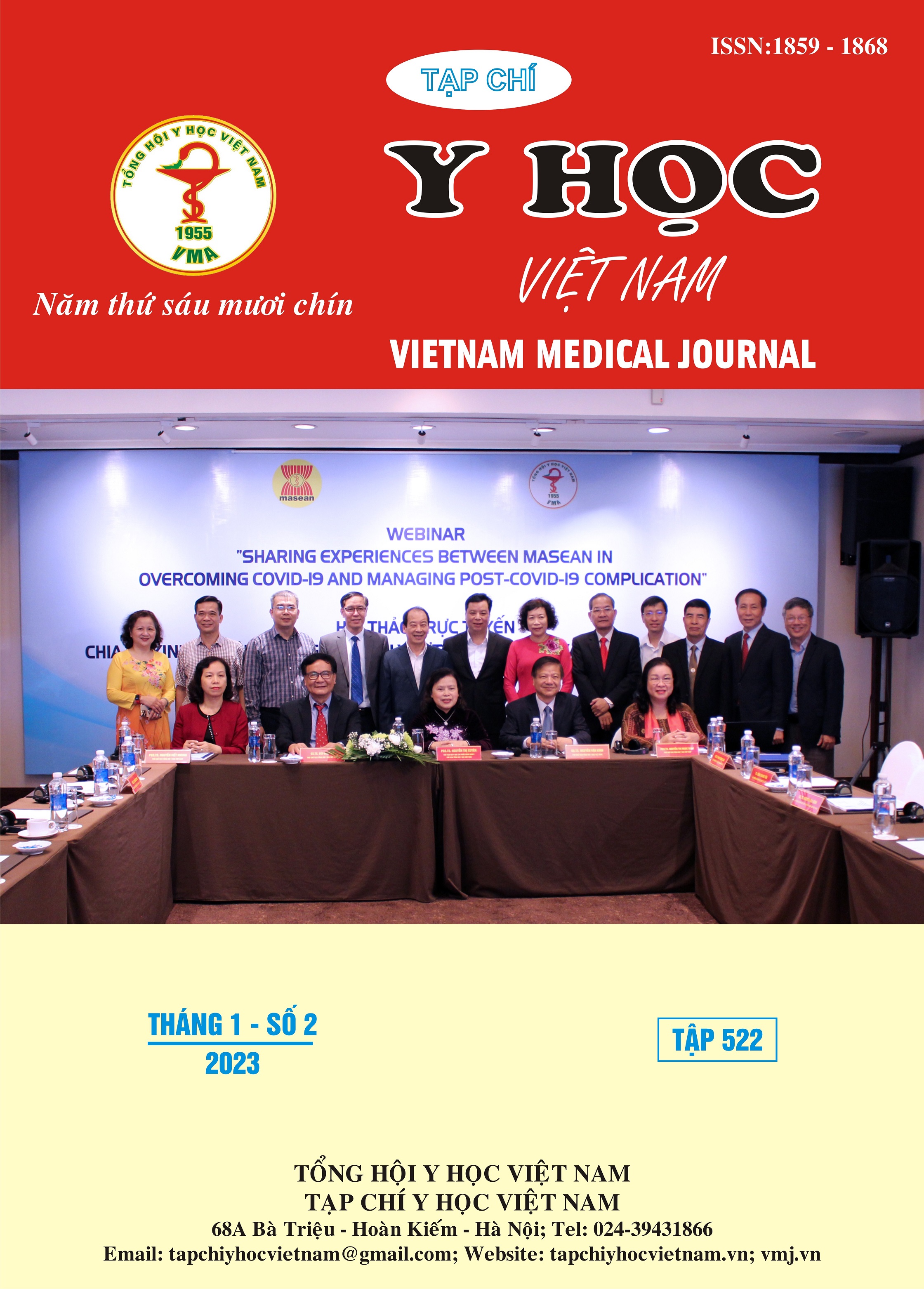ADVERSE EVENTS OF ACUPUNCTURE - RELATED METHODS
Main Article Content
Abstract
Objective: Evaluating of the rate, frequency and severity of the adverse events for acupuncture - related methods. Subjects: Retrospective study of all outpatients at the Traditional Medicine Department – Saint Paul General Hospital from January 2020 to December 2020. Results: Electroacupuncture has a rate adverse of 15.33% and a frequency of 17.04%. Acupressure massage has a rate adverse of 2.37% and a frequency of 0.21%. The moxibution had a rate adverse of 1.31% and a frequency of 0.09%. Bleeding accounted for 30.21% of the times of acupoint injection. Bleeding are mild and stop bleeding immediately after blotting with dry cotton. Conclusion: Acupuncture - related methods are safety and adverse events were mild.
Article Details
Keywords
Adverse events, acupuncture - related methods.
References
2. Tedesco D, Gori D, Desai KR, et al (2017). Drug-Free interventions to reduce pain or opioid consumption after total knee arthroplasty: a systematic review and meta-analysis. JAMA Surg 2017;152:e172872
3. Whiskey E, Taylor D (2013). A review of the adverse effects and safety of noradrenergic antidepressants. J Psychopharmacol 2013;27:732-9.
4. Cui J, Wang S, Ren J, et al (2017). Use of acupuncture in the USA: changes over a decade (2002-2012). Acupunct Med 2017;35:200-7. 4.
5. Linde K, Allais G, Brinkhaus B, et al (2016). Acupuncture for the prevention of episodic migraine. Cochrane Database Syst Rev 2016;6:Cd001218.
6. Linde K, Allais G, Brinkhaus B, et al (2016). Acupuncture for the prevention of tension-type headache. Cochrane Database Syst Rev 2016;4:Cd007587.
7. Bäumler P, Zhang W, Stübinger T, et al (2021). Acupuncture related adverse events: systematic review and meta-analyses of prospective clinical studies. BMJ Open 2021;11:e045961. doi:10.1136/ bmjopen-2020-045961.
8. Malcolm W.C.Chan, Xin yiu Wu (2016), Safety of acupuncture: overview of Systematic Reviews. Scientific reports/7:3369


